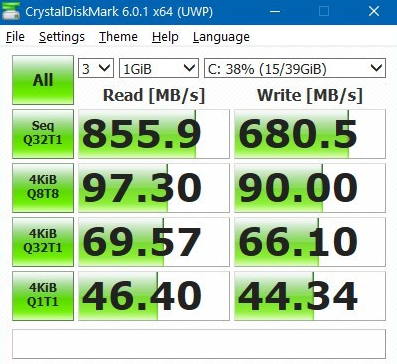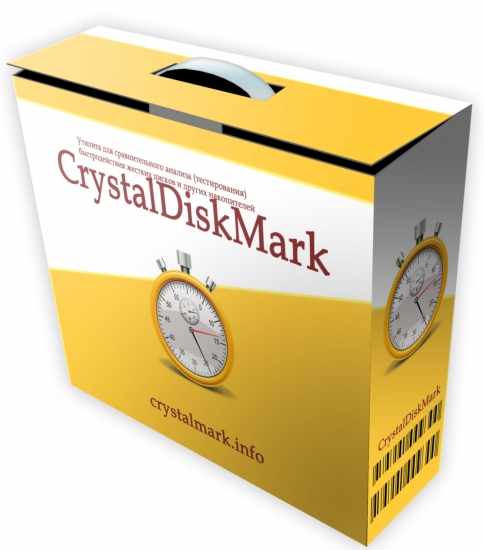


This benchmark measures the performance of a storage device by testing its sequential and random read and write speeds. Looking at the screenshot above, you can see that it performs equally well with both incompressible (0%) and compressible (100%) data.įirst, I ran a few quick tests using CrystalDiskMark. For comparison, I've also included test results from the ADATA XPG ATOM 50, ADATA XPG GAMMIX S70 Blade, Crucial P5 Plus, Plextor M10PY, ADATA XPG GAMMIX S70, Sabrent Rocket 4 Plus, WD_BLACK SN850, Silicon Power US70, ADATA XPG GAMMIX S50 Lite, Samsung 980, Silicon-Power UD70, Crucial P2, SK hynix Gold P31, Crucial P5, ADATA SWORDFISH, ADATA FALCON, Lexar NM610, Silicon Power P34A60, Patriot P300, Plextor M9PG Plus, Plextor M9PY Plus, ADATA XPG SX6000 Pro, Western Digital WD_BLACK SN750, Lexar NQ100, Samsung 970 EVO Plus, ADATA XPG SX8200 Pro, Crucial P1, ADATA XPG SX8200, Western Digital WD_BLACK NVMe, Samsung 970 EVO, Samsung 970 PRO, Plextor M9Pe, Plextor M8Se, Patriot Hellfire, ADATA XPG SX8000, Samsung 960 PRO, Toshiba OCZ RD400, Samsung 950 PRO, Samsung 870 EVO, Samsung 870 QVO, Silicon Power PC60 and SK hynix Gold S31.Īs I mentioned earlier, the WD_BLACK SN770 uses Western Digital's new 20-82-10081-A1 controller chip.

Crystal diskmark. series#
To test the performance of Western Digital's WD_BLACK SN770 SSD, I ran a series of benchmarks using CrystalDiskMark, HD Tach RW, ATTO Disk Benchmark, AS SSD, HD Tune Pro, Anvil's Storage Utilities, Iometer and PCMark.
Crystal diskmark. windows 10#
For the operating system, I used the latest version of Windows 10 Pro.
Crystal diskmark. plus#
The read operations were presumably reads from parts of the array not just written to or otherwise recently accessed, so they were pulling data from the drives instead of just interacting with faster memory.The test system used in this review is equipped with an AMD Ryzen 5 3700x CPU, MSI B550 GAMING PLUS motherboard, 16GB (8GB x 2) of Crucial Ballistix 3200 MHz DDR4 memory, Crucial P5 1TB SSD and a GIGABYTE GeForce GTX 1060 WINDFORCE OC 6G graphics card. If the array has a large battery-backed cache then you may find that hardly any of that 4Gb has even gone to the drives yet and all that this has tested is the connectivity between the array and the machine you are testing on. Test : 4000 MB assuming that means the benchmark tool ran each of its steps with 4GB of data, that is not enough to properly test a good modern storage array and could explain the faster-write-than-read behaviour. Better yet, if you have a specific application in mind, tests specific to that would give even more realistic results for you (though if it is your own application you might have to construct those tests yourself). While generic artificial benchmarks like CrystalDiskMark have their place, you will get much more useful results from tools designed more specifically for testing database loads on storage arrays. When posting a question about storage performance it is important to give as much detail about the storage configuration as you can: drive types (traditional, SSD), connectivity to the drives (local nVME drives, Gbit LAN, fibre channel. This is an old question bumped to the front page, so the MattyZDBA has probably resolved the issue by now, but for future readers: Is this expected for a FlashArray config or can it be configured at the controller or LUN level to be more optimal for reads than writes? The host will host a data warehouse with tables already in the 250 GB+ range. OS : Windows NT 6.2 Server Standard Edition (full installation) (圆4) I conduct an initial test with CrystalDiskMark and discover write performance is substantially better than read performance. I'm running time trials on a new Windows 2012 Server host with PureStorage FlashArray SSD LUNs attached.


 0 kommentar(er)
0 kommentar(er)
